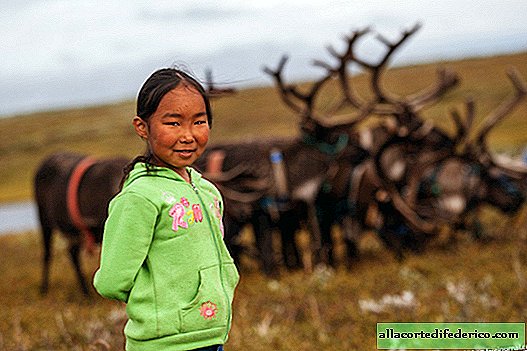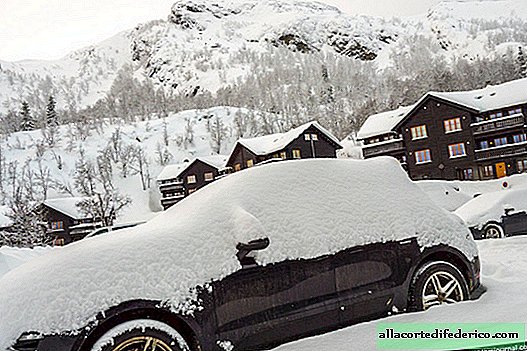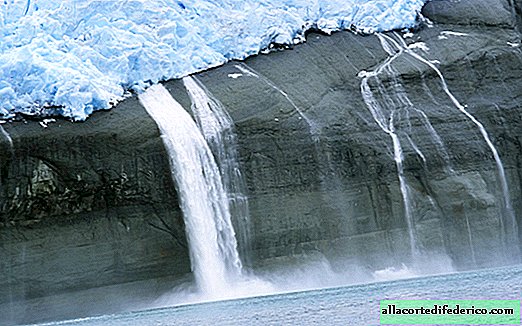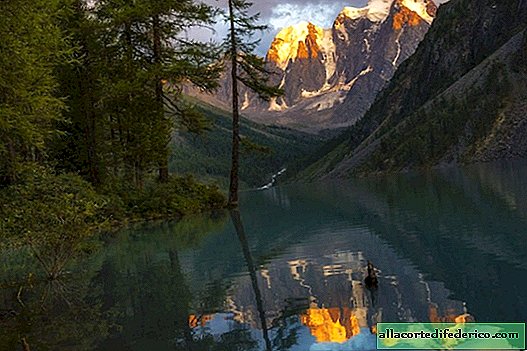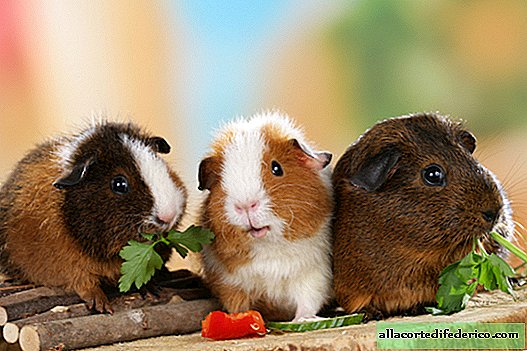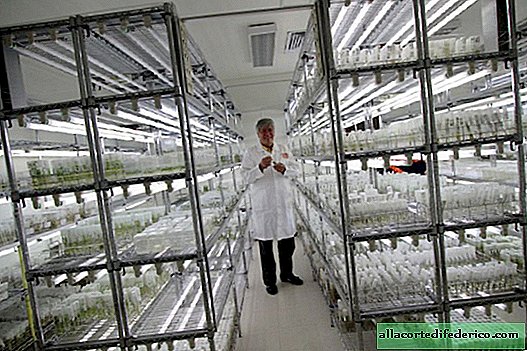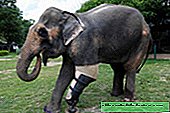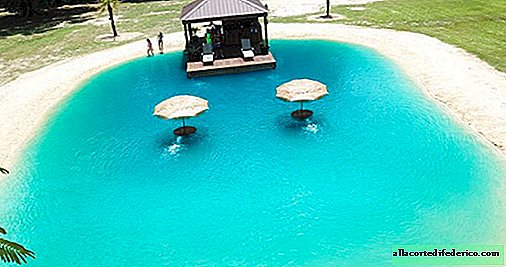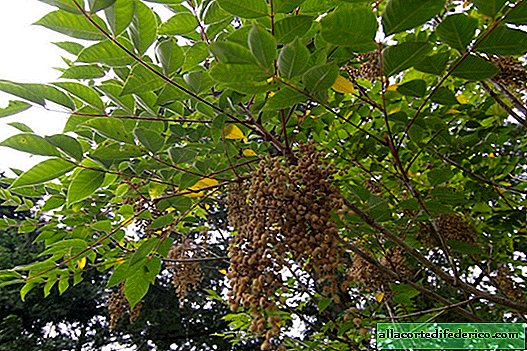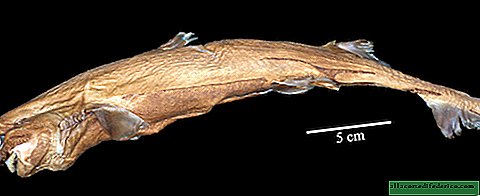Perun against Veles, the Old Russian devil and other gods worshiped by the Slavs
St. Vladimir baptized our people in 988, converting the country to Orthodox Christianity. Prior to this, the Slavs for centuries worshiped Svarog, Perun and other ancient gods, each of which had a different power and played a role in the pantheon.
When Prince Vladimir, who ruled Kievan Rus from 978 to 1015. , sent his soldiers and Orthodox priests to baptize Novgorod, they removed the wooden idol of Perun - one of the most important gods of Slavic paganism. He was dragged along the streets, beaten with sticks, and then thrown into the Volkhov River. Christians attached symbolic meaning to this: the Orthodox God conquered. The pagan rivals of Christianity, weak and disgraced, had to retreat. People cried, looking at the beating of Perun. Perun, Svarog, Mokosh and others have been an integral part of the mystical life of the people for centuries.
So who were the main gods whom the Slavs worshiped?
Svarog, father of all
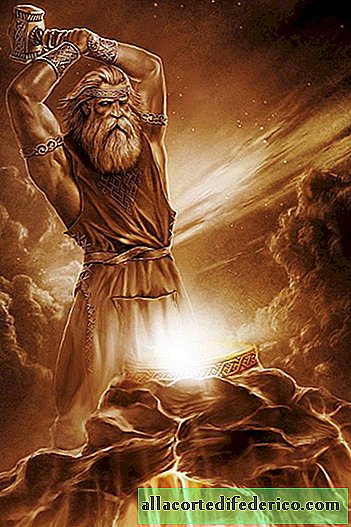 Svarog. Igor Ozhiganov
Svarog. Igor OzhiganovEach pagan pantheon has its own Demiurge - the god who created the world. The ancient Slavs had Svarog, a heavenly deity who was believed to dominate the universe and gave birth to all the younger gods.
According to the "New Encyclopedia of Larousse Mythology", the root of the name Svarog (weld - bright, clear) is associated with Sanskrit. Svarog was usually portrayed as a bearded old man, wise and strong. For peasants, heaven could bring both blessing and disaster - it is not surprising that the heavenly god ruled the world.
Dazhbog, warming the sun
 Dazhbog. Max Presnyakov
Dazhbog. Max PresnyakovThe Slavs lived in an incredibly harsh climate. For this reason, they adored Dazhbog - the merciful deity of the Sun, which was believed to be a descendant of Svarog.
His name literally meant "giver." Dazhbog crossed the sky in a chariot drawn by four white horses with golden wings, and radiated sunlight. He was responsible for the fertility of the earth. People proudly called themselves the "grandchildren of Dazhbog."
Perun, god of war and thunder
 Painting by Victor Korolkov
Painting by Victor KorolkovPerhaps the most famous of all the Slavic gods is Perun the Thunderer. In some ways, he was close to the Greek Zeus and the Scandinavian Thor - the deities of thunder and war, who used lightning as a weapon. People were afraid of the wrath of Perun, but at the same time they admired him and called for help during the war.
Depicted as a very strong man with a long beard, he was deeply connected with princely power. Perun was the supreme patron of the squad and the noble prince.
Veles, the "god of cattle"
 Veles. Igor Ozhiganov
Veles. Igor OzhiganovUnlike the aforementioned gods, Veles was a mundane deity. He controlled water, forests, soil and the underworld. He was depicted as untidy, hairy, and long bearded. He looked scary. Even compared to the Greek Pan.
Nevertheless, the Slavs loved Veles. He protected cattle, took care of animals and plants. If Perun was a god who supported the ruler and his entourage, then Veles was associated with ordinary people, hunters and peasants. Perun and Veles often clashed among themselves, causing a change of seasons.
Chernobog, Slavic "devil"
 Chernobog. Igor Ozhiganov
Chernobog. Igor OzhiganovBattles between Perun and Veles were common: these gods, although different, were part of the eternal pantheon. In contrast, Chernobog (literally "black god") was an absolute evil in Slavic mythology. As the ruler of the world of the dead, he stood behind everything bad, weak and vile in human nature and sent natural disasters to the mortal world. He corresponded more to the devil in the Abrahamic religions than to the ordinary pagan god. Perhaps for this reason, Chernobog often appears in modern mass culture. He can be found in many computer games and in the novel by Neil Gaiman "American Gods."
Mokosh, the great mother goddess
 Mokosh. Igor Ozhiganov
Mokosh. Igor OzhiganovThere were not many women in the cruel patriarchal Slavic pantheon. Mokosh was one of the most influential. She was responsible for the soil and the crop. She gave people love, prosperity and wealth, punished the villains, defended women and children.




